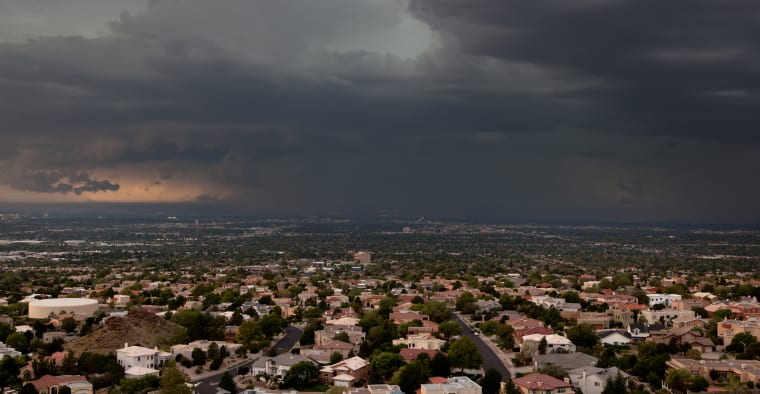Worsening Weather Means More Storm-Related Losses — and Costlier Insurance

It’s not just our imaginations: The weather really is getting worse — and measurably so.
According to the National Oceanic and Atmospheric Administration, there have been 11 confirmed weather events causing at least $1 billion in damages so far in 2024. (For context, the annual average between 1980 and 2023 has been 8.5 such events each year — and we’re only halfway through this one.)
Together, the storms have ratcheted up a combined total loss to $25.1 billion, which have resulted in the deaths of 84 people. Of the years since 1980, only 2021 saw more weather-related financial losses before the month of June, with its total surpassing $40 billion. Overall, 2024 is on track to be among one of the worst years for storms on record, both in terms of storm frequency and cost.
Weather is getting worse — and more expensive
January and February of 2024 saw the highest number of billion-dollar-damage storms in the last 44 years — there were three such storms in January and five in February. (The average number of billion-dollar storms for each respective month is 0.49 and 0.91.)
The pattern is in keeping with a worsening trend in recent weather. Last year had the highest number of storms in every single month from April to December. In September 2023 specifically, there were 27 billion-dollar storms — 10 more than in 2017 and 2020, the years with the second-highest number of catastrophic storms that month (17).
What’s more, many of these storms are packing a larger punch in terms of material damages and financial losses. When the window is narrowed to the last three years (2021-23), the average number of billion-dollar storms per year skyrockets to 22, causing some $146.9 billion per year on average. By contrast, in the 1990s, there were about 5.7 billion-dollar storms per year, with damages totalling an annual average of $33.3 billion.
While damage cost estimates are inherently uncertain, they include physical damages to buildings and items within them, business interruption losses and loss of living accommodations, vehicle and boat damage, agricultural losses and damage to public assets, such as roads. They do not, however, include health care costs (mental or medical), which can of course account for thousands — if not millions — more.
For these reasons among others, NOAA states that "our estimates should be considered conservative with respect to what is truly lost" in such weather events.
As disasters grow costlier, so does homeowners insurance
Personal property damages account for a substantial portion of the losses estimated above — which is why insurers are pulling their homeowners policies in disaster-prone areas like Florida and Louisiana.
And when homeowners whose property lies in the path of a storm can get insured, they may still find themselves facing an unfeasible bill for less coverage than ever, leading to a rise in the risky practice of self-insurance. (Homeowners insurance companies have also been accused of canceling coverage after using drone technology to spy on their customers, many of whom claim the footage is poorly analyzed or riddled with inaccuracies.)
There’s not much relief in sight in the immediate future. NOAA has also predicted that 2024’s hurricane season will likely be "above-normal," forecasting between 17 and 25 named tropical storms. Natural disaster insurance can help, as can shopping around for the best possible base insurance plan. (Renters should be sure to update their policies, too, to ensure they have enough coverage to replace any personal property that might get washed up in a storm.)
Editorial Note: The content of this article is based on the author’s opinions and recommendations alone. It has not been previewed, commissioned or otherwise endorsed by any of our network partners.